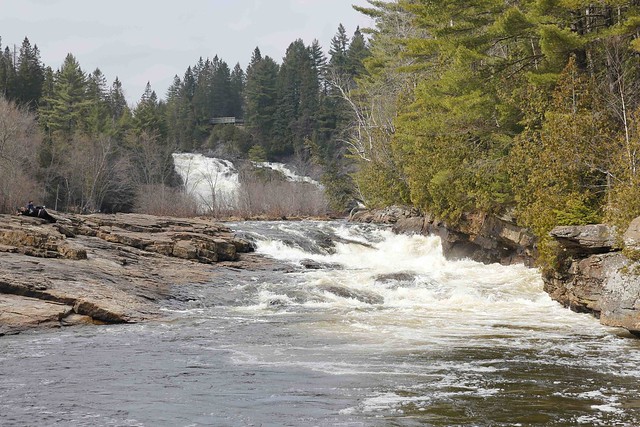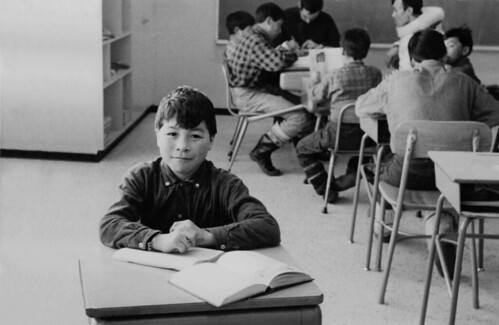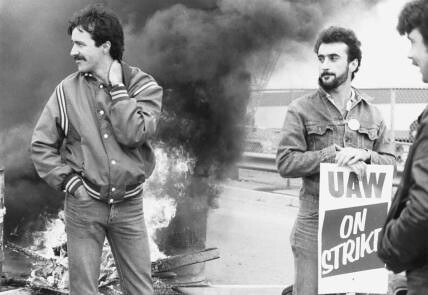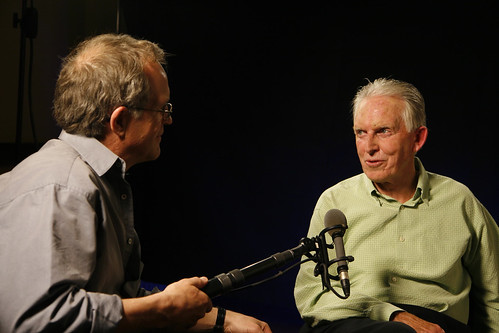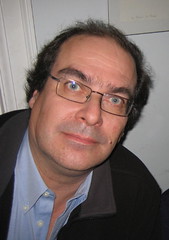The other day I went to see spring arrive at the Montapen falls north of Joliette, an hour and a half’s drive from Montreal.
Dear subscribers and other readers,
As you may or may not have noticed, with the overwhelming influx of messages which afflicts most of us, my blog has not been active for about six weeks – except for an old post which went out the other day. The immediate reason for this was a nasty malware-infection which has now been cleaned up thanks to my friends and colleagues Kim Gjerstad and Barry Greenwald and our hosting service Web Hosting Canada. However, it was time for the blog to change anyway. I am facing some serious health challenges, and will not be able to write as frequently as I used to. There was a time when I attempted to cover most significant developments in the world of documentary as well as presenting some of my own work, posting every week. From now on, I will write less frequently, and will focus on issues which are very close to my heart, or on people with whom I have a special relationship.
One of my upcoming posts will deal with La grande invasion, (the great invasion) a film about the devastating impact of real estate development gone wild in the Laurentians north of Montreal. Also coming soon, an interview with my dear friend Ali Kazimi about 3D and documentary – he is an authority on the subject and we have been fine-tuning this interview for several months. And I will have a chance to report on the editing of my own film on the troubled youth of Montreal North.
All the best
MI
Thank you to Sally Rylett for helping with this post.
